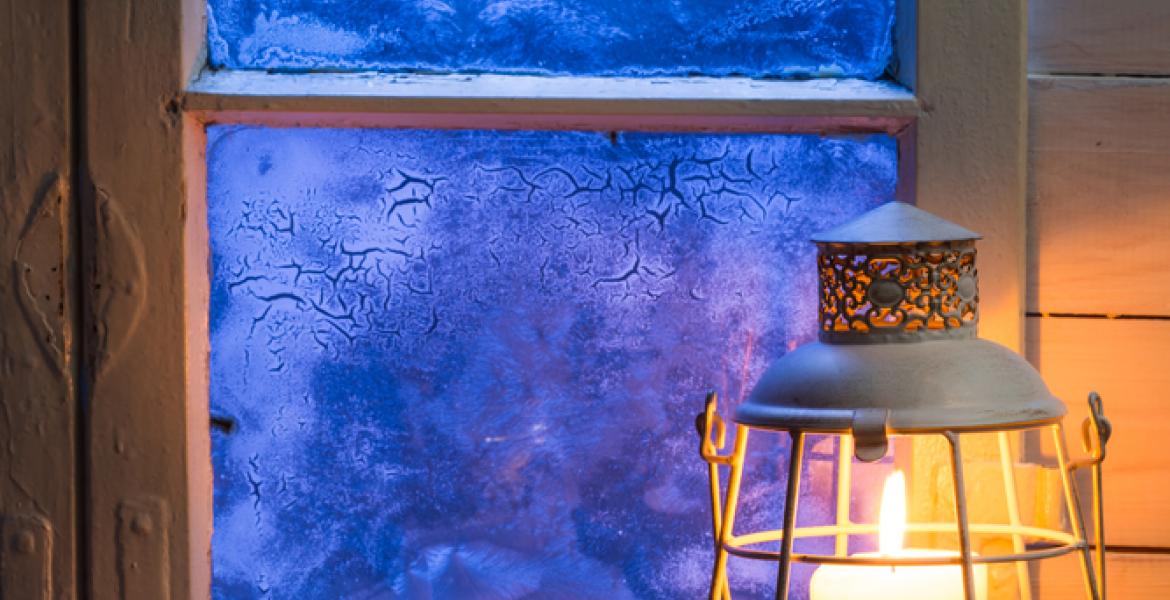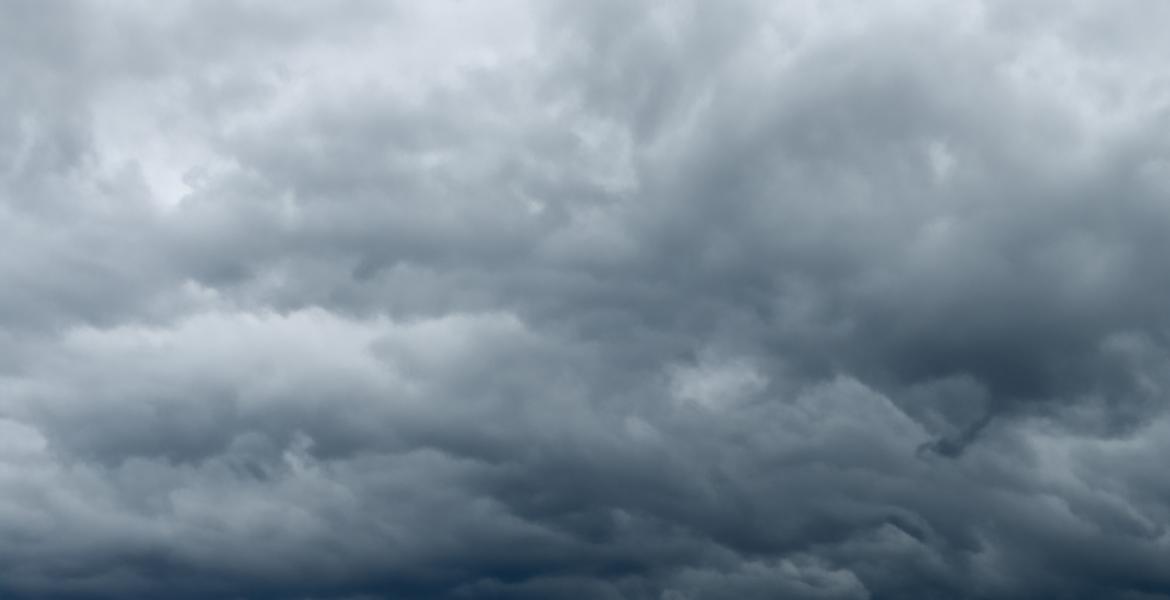AUSTIN, Texas – Spring in Texas brings not only warmer weather but also a spectacular natural phenomenon: the migration of birds. However, amidst the urban sprawl of cities like Houston and Dallas, the bright lights can spell danger for our avian friends as they journey northward to their breeding grounds.
The Texas Parks and Wildlife Department, alongside conservation partners, is rallying Texans to aid these feathered travelers by participating in "Lights Out Texas." This initiative, running from March 1 to June 15 (with peak migration falling between April 22 and May 12), urges residents to dim unnecessary lights during the crucial nighttime hours.
Tania Homayoun, a nongame ornithologist with Texas Parks and Wildlife Department, emphasizes the importance of this effort, especially given that Texas is home to three of the nation's top ten cities with high risks of light pollution for migrating birds. "Lights Out Texas," she explains, is a simple yet impactful way for individuals, businesses, and communities to ensure safe passage for these nocturnal travelers.
The initiative was sparked by a grim discovery in 2017 when over 400 birds collided with a skyscraper in Galveston. Responding to this tragedy, the American National Insurance Company and Houston Audubon pioneered the first "Lights Out" campaign in Texas. Since then, similar programs have sprouted nationwide, bolstered by tools like BirdCast migration forecasts.
Research from cities like Chicago, notorious for its bird collisions, underscores the effectiveness of dimming lights during migration seasons. Studies have shown that darkening windows can result in significantly fewer collisions, a fact of particular importance for Texas, where a third of all migrating birds in the U.S. pass through during spring and fall.
So, how can Texans pitch in? It's as easy as flicking a switch. From 11 p.m. to 6 a.m. each night during the program, residents are encouraged to turn off nonessential lights. For essential lighting, adopting bird-friendly practices like downward-facing fixtures and motion sensors can minimize harm.
Building owners and managers play a critical role too, from adjusting custodial schedules to installing bird-friendly window solutions. Engaging local officials can also raise awareness and garner support for bird-safe practices.
Texans can further contribute by reporting bird collisions through platforms like iNaturalist, aiding ongoing research efforts. By collectively dimming our lights, Texans can ensure that our skies remain safe for the incredible journey of these winged travelers.
Subscribe to the LIVE! Daily
Required






Post a comment to this article here: